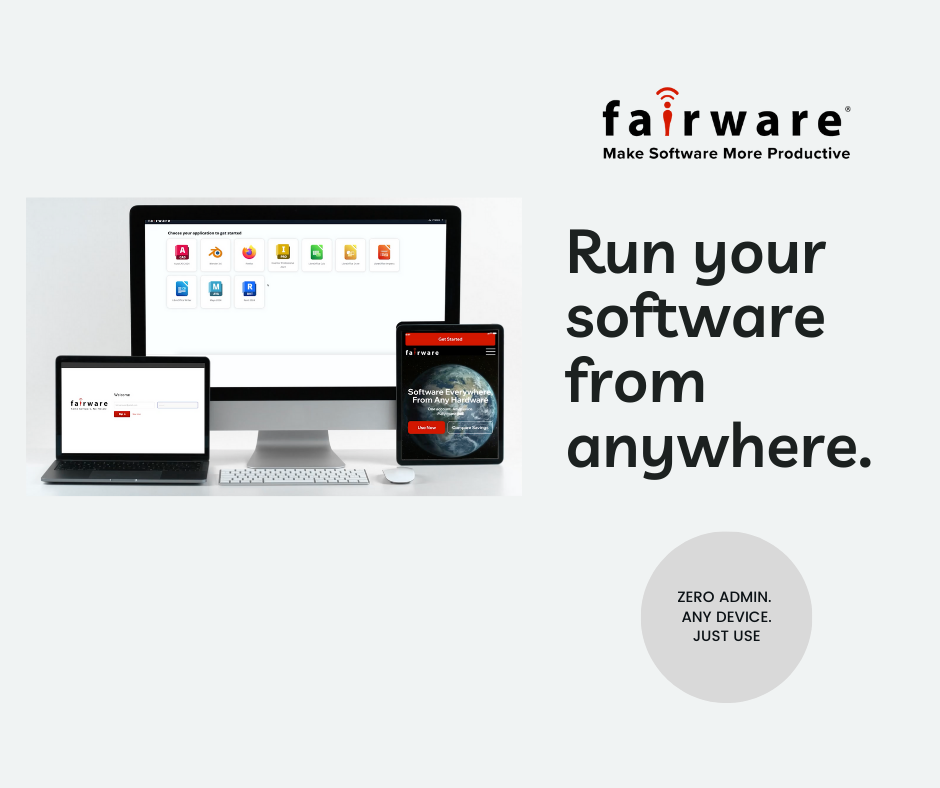On-Premises vs. Cloud Software: A Comprehensive Guide to Choosing the Right Solution
- SARVESHWAR FB
- May 24, 2024
- 2 min read
On-Premises Software:
Advantages
1. Control and Security
On-premises software program is hooked up and run on community servers and computer systems, giving groups complete control over their statistics and applications. This control can enhance safety, as sensitive data is stored in-house and controlled consistent with the corporation’s unique protocols and rules. For industries with stringent regulatory necessities, this control can be important.
2. Customization
Organizations can customize on-premises software program application to meet their specific wishes. This customization can contain deep integration with present structures, tailor-made patron interfaces, and bespoke functionalities that cloud solutions might not without a hassle guide.
3. Performance
With on-premises answers, average performance can be optimized based totally on the corporation's hardware skills. There's no dependency on internet connectivity, which may be a huge benefit in areas with unreliable or slow internet connections.
Disadvantages
1. High Initial Costs
Implementing on-premises software program requires large upfront funding in hardware, software licenses, and infrastructure. Additionally, there are ongoing costs for upkeep, enhancements, and IT team of workers to manage the machine.
2. Scalability Challenges
Scaling on-premises answers may be cumbersome and expensive. As the business grows, greater hardware and licenses need to be sold, and the device needs to be configured to deal with increased hundreds.
3. Limited Accessibility
On-premises software typically restricts access to the bodily place of the servers. Remote access is feasible however frequently calls for complex VPN setups, which can be bulky and much less steady than modern cloud answers.

Fairware: Embracing the Future of Cloud Software
Fairware embodies the blessings of cloud software by means of prioritizing user’s freedom and flexibility. Here’s how Fairware addresses the desires of modern customers:
1. Universal Accessibility
Fairware ensures that users can access their software from any tool, everywhere. This approach aligns with the increasing demand for remote workand the need for seamless transitions between distinct gadgets and places.
2. Cost Efficiency
The pay-as-you-go version provided by Fairware removes the economic obstacles associated with conventional software deployment. Users can run their software withoutworrying about the expensive hardware upgrade cost, paying only for the time they use the software.
3. Instant Deployment
Fairware’s quick deployment means users can start working within minutes. This rapid accessibility enhances productivity and allows users to focus on their tasks without lengthy installation processes.
4. Simplified Maintenance
By dealing with updates and security, Fairware frees users from the technicalities of software program control. This ensures that customers always get to use the latest software version with latest security protection without any effort required from users.
Although on-premises solutions are more cost-effective and have restricted accessibility, they provide control, flexibility, and optimal efficiency. Faiware is a prime example of cloud software, which offers unmatched accessibility, cost effectiveness, rapid implementation, and easy maintenance, making it a desirable choice for a lot of companies and individual users.



Comments